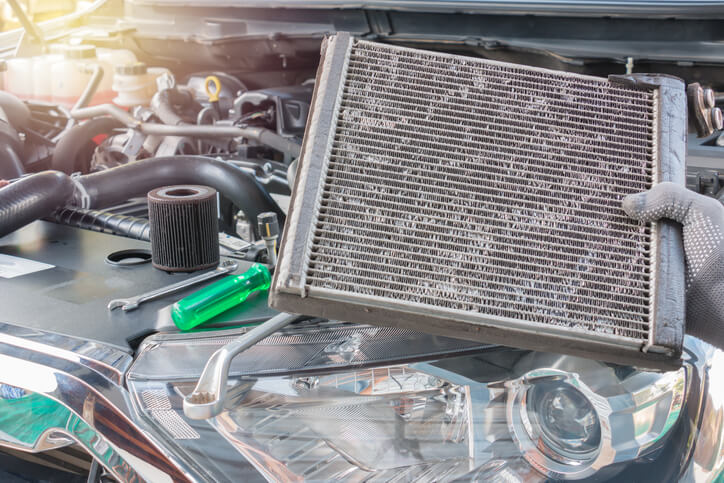In Automotive School? Understanding the Thermal Management System
Thermal management is a crucial aspect of modern automotive engineering, ensuring vehicles operate efficiently and reliably under various conditions. For automotive school students, gaining a comprehensive understanding of thermal management systems is essential.
This blog post delves into thermal management’s components, functions, and significance in vehicles, providing valuable insights for those undergoing automotive training.
The Importance of Thermal Management in Vehicles
Thermal management systems are designed to regulate the temperature of a vehicle’s engine and other critical components. Efficient thermal management is vital for several reasons:
- Engine Performance: Maintaining an optimal temperature range ensures the engine operates efficiently, reducing wear and tear and enhancing performance.
- Emissions Control: Proper thermal management helps control emissions by maintaining the engine’s temperature, which is crucial for combustion.
- Fuel Efficiency: A well-regulated temperature improves fuel efficiency by optimizing the engine’s performance.
- Component Longevity: Preventing overheating protects various engine components, prolonging their lifespan and reducing maintenance costs.
Components of a Thermal Management System
Students in automotive school will learn about the various components that make up a vehicle’s thermal management system. These include:
- Radiator: The radiator is the core component of the cooling system. It dissipates heat from the engine coolant into the air, helping to regulate the engine’s temperature.
- Thermostat: The thermostat controls the coolant flow based on the engine’s temperature. It ensures the engine reaches its optimal operating temperature quickly and maintains it.
- Water Pump: The pump circulates coolant through the engine and radiator, ensuring consistent temperature regulation.
- Cooling Fans: These fans draw air through the radiator when the vehicle is stationary or moving slowly, aiding in heat dissipation.
- Coolant: The coolant, or antifreeze, is a liquid that absorbs heat from the engine and transfers it to the radiator.

How Thermal Management Systems Work
During automotive training, students will explore how these components work together to maintain the engine’s temperature. Here’s a simplified overview:
Heat Absorption: As the engine operates, it generates heat. The coolant absorbs this heat and circulates through the engine.
Temperature Regulation: The thermostat monitors the engine temperature and regulates the coolant flow. When the engine is cold, the thermostat remains closed to allow the engine to warm up quickly. Once the engine reaches the optimal temperature, the thermostat opens, allowing coolant to flow to the radiator.
Heat Dissipation: The coolant transfers the absorbed heat to the radiator. The radiator dissipates the heat into the air, often assisted by cooling fans.
Coolant Recirculation: The water pump ensures continuous coolant circulation through the engine and radiator, maintaining a stable temperature.

Advances in Thermal Management
The automotive industry is evolving, and thermal management systems are no exception. Modern vehicles often incorporate advanced technologies to enhance thermal management. These include:
Electric Water Pumps: Unlike traditional mechanical pumps, electric water pumps offer precise control over coolant flow, improving efficiency.
Thermal Storage Systems: These systems store heat and release it when needed, aiding in quick engine warm-up and maintaining optimal temperatures.
Active Grille Shutters: These shutters adjust airflow to the radiator, optimizing aerodynamics and thermal efficiency.
Battery Thermal Management: With the rise of electric vehicles (EVs), managing battery temperature has become crucial. Advanced systems ensure batteries operate within safe temperature ranges, enhancing performance and longevity.
Practical Applications in Automotive School
In automotive school, students engage in hands-on training to understand the practical applications of thermal management systems. Through workshops and interactive sessions, they learn to diagnose and repair cooling system issues, understand the interplay between different components, and apply modern technologies in thermal management.
ATC’s automotive training programs include real-world scenarios where students work on vehicles to gain practical experience. This hands-on approach is vital in preparing future automotive professionals to handle the complexities of modern thermal management systems.
Do you want to become a mechanic?
Contact ATC Toronto for more information.


